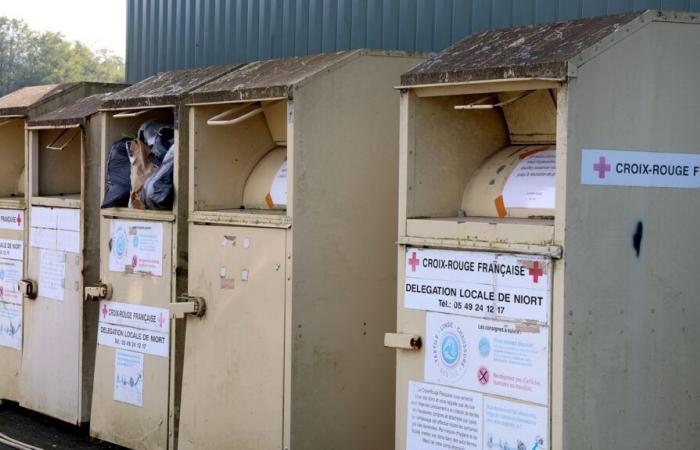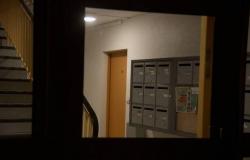Certain clothing and other textile drop-off points have been closed in Deux-Sèvres since the beginning of October 2024. “In Sud-Deux-Sèvres, we were forced to take somewhat draconian measures by suspending collections,” indicates Alain Puthon, the president of the Red Cross in the department. These are like this “around fifteen Red Cross boxes which were closed around Melle, Niort, Prahecq and Saint-Maixent”, explains Simone Gendreau-Donnefort, textile manager at the Deux-Sèvres Red Cross. A situation symptomatic of general difficulties in the recycling sector caught between increasing volumes and diminishing outlets.
“The sector is completely blocked. “It’s a national and even international problem,” according to the manager. When organizations collect textiles, it is either to resell them as second-hand clothing, for the small part that is reusable, or to resell the rest by the ton to recyclers, which represents very large volumes.
“But today, there is a recycling crisis. Recyclers are no longer able to dispose of textiles”. So they avoid taking them, not knowing if they will be able to sell them, and the volumes collected locally accumulate, saturating storage capacities. “In Sud-Deux-Sèvres, I currently have two trailers of twelve tonnes each in arrears”, continues Simone Gendreau-Donnefort. Worse, when the stocks manage to find buyers, they are sometimes taken back without being paid. “There, if I manage to get them to leave before the end of the year, it will be for nothing. They will be taken back free of charge. »
“We ask people to bring their bags”
As a result, faced with this stagnant overstock, delivery terminals are closing. “It’s chaotic,” summarizes Alain Puthon. “In the north, from Parthenay, Bressuire and Thouars, collection continues” but is already planned “a gradual switch to southern mode as soon as it is necessary”. In other words, terminal closures, like in the south. This is the case, for example, in five (1) of the eight SMC recycling centers which accommodate them. And the two 30 m maritime containers3 added to Saint-Maixent were quickly filled too. “It’s extremely full. People are asked to take their bags of clothes home and come back later. A large majority plays the game, they have an ecological conscience,” notes Éric Cusey, president of the SMC.
“We buy clothes like a bag of candy”
“The problem is that today, we buy clothes like a packet of candy, for €2 and if it doesn't fit, we throw it away…” he observes.
“The original reason is really overconsumption. This is where we must attack first,” in the eyes of Simone Gendreau-Donnefort. “We will not solve the problem of the sector if we do not resolve overconsumption. It would be nice if people bought less clothes and were more careful about quality. When you buy a piece of clothing in India or Asia and the price is not even worth the fabric…”
(1) The Red Cross terminals are closed in Sud-Deux-Sèvres “in Niort and its surroundings including La Crèche, Melle, Prahecq and Saint-Maixent-l’École” and in five of the eight SMC recycling centers. You can still drop off textiles in Saint-Aubin-le-Cloud, Secondigny and Saint-Pardoux-Soutiers but check beforehand because the situation is very changeable.
660 tonnes of textile collected per year
> The Red Cross collects an average of 660 tonnes of textiles (clothing, household linen, shoes) per year in Deux-Sèvres at its collection points or placed in its stores.
> In detail, this represents approximately per year: 60 tonnes in Thouars, 220 tonnes in Bressuire, 220 tonnes in Parthenay and 120 tonnes in Niort, on average.






